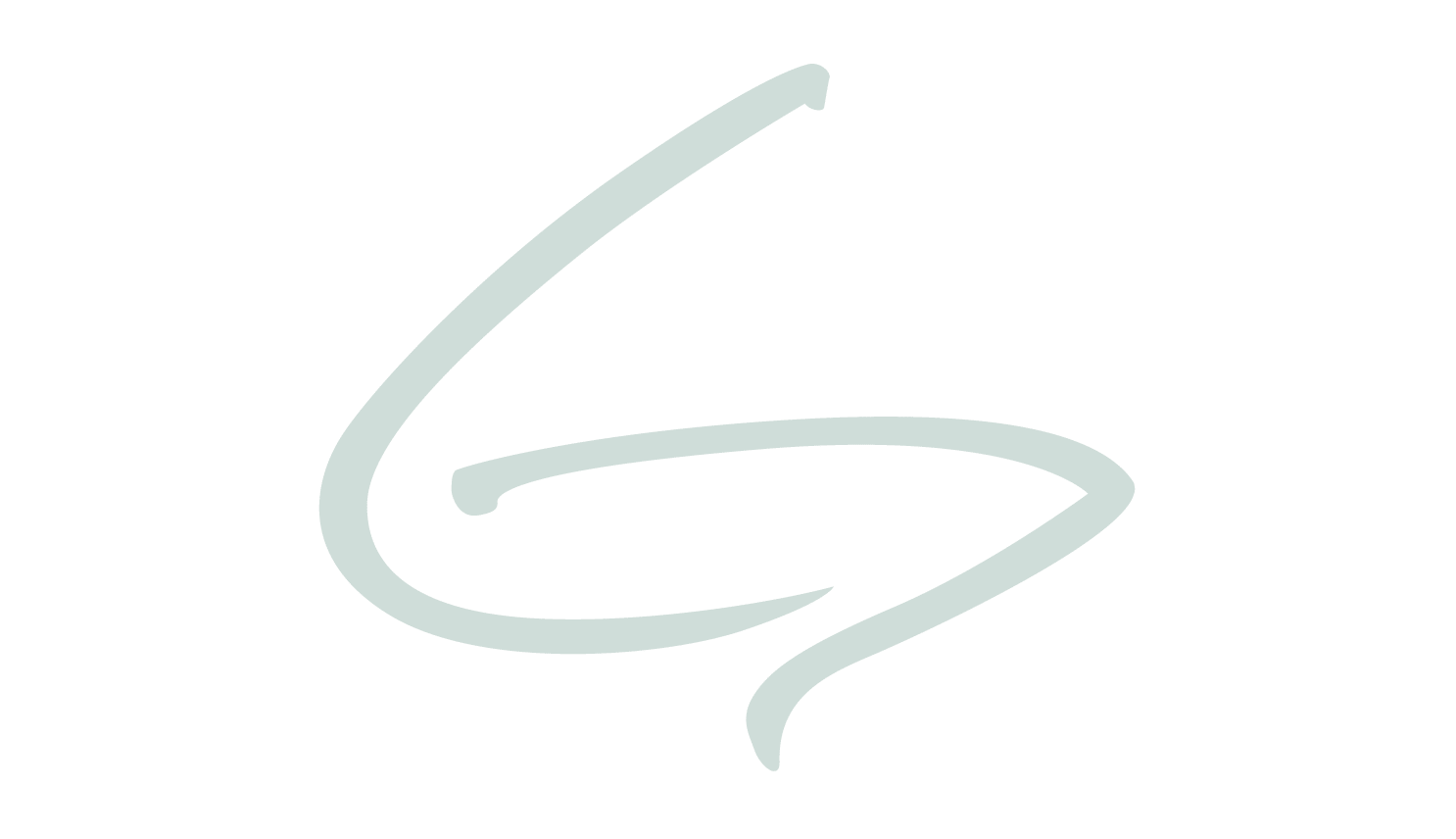August-June
Join us as we investigate the meaning of Sustainable Agriculture! Learn how we can establish productive farmland for future generations by utilizing our natural world to guide our farming methods.
Ohio Science Standards:
- 7.LS.1 Energy flows and matter is transferred continuously from one organism to another and between organisms and their physical environments.
- 7.LS.2 In any particular biome, the number, growth and survival of organisms and populations depend on biotic and abiotic factors.
Indiana and NGSS Standards:
- MS-ESS2-1 Earth’s Systems. Develop a model to describe the cycling of Earth’s materials and the flow of energy that drives this process.
- MS-ESS3-3 Earth and Human Activity. Apply scientific principles to design a method for monitoring and minimizing a human impact on the environment.
- MS-ESS3-4 Earth and Human Activity. Construct an argument supported by evidence for how increases in human population and per-capita consumption of natural resources impact Earth’s systems.
- MS-LS2-1. Analyze and interpret data to provide evidence for the effects of resource availability on organisms and populations of organisms in an ecosystem
- MS-LS2-5 Ecosystems: Interactions, Energy, and Dynamics. Evaluate competing design solutions for maintaining biodiversity and ecosystem services.
Ohio Social Studies Standards:
- History – First Global Age: The Columbian exchange (i.e., the exchange of fauna, flora and pathogens) among previously unconnected parts of the world reshaped societies in ways still evident today.
- Geography – Human Systems: Improvements in transportation, communication and technology have facilitated cultural diffusion among peoples around the world.
- Government – Civic Participation and Skills: Analyzing individual and group perspectives is essential to understanding historic and contemporary issues. Opportunities for civic engagement exist for students to connect real-world issues and events to classroom learning.
- Economics – Economic Decision Making and Skills: Individuals, governments and businesses must analyze costs and benefits when making economic decisions. A cost- benefit analysis consists of determining the potential costs and benefits of an action and then balancing the costs against the benefits.
Vocabulary:
Farming, sustainability, sustainable agriculture, methods, structure, function, soil, energy resources, biodiversity, ecosystem, cycle, organism
